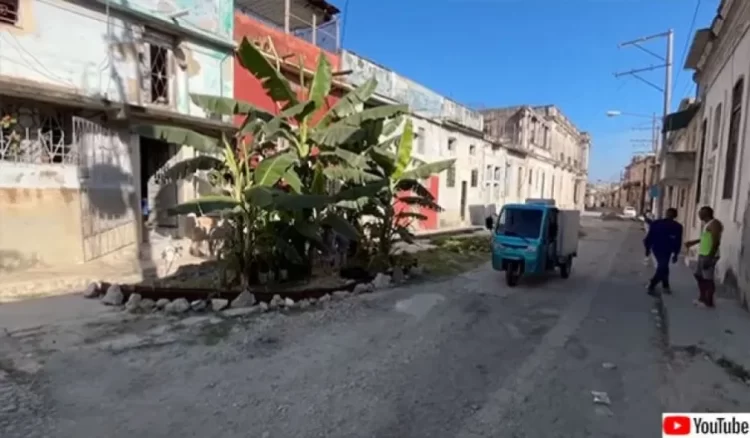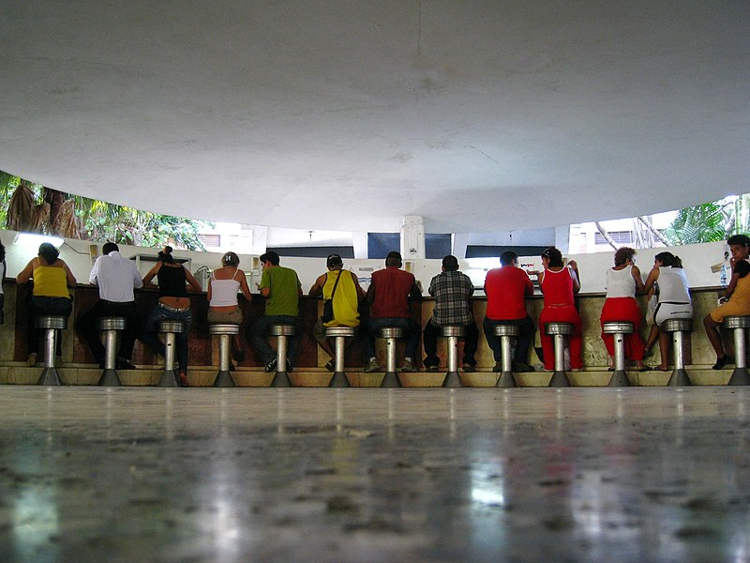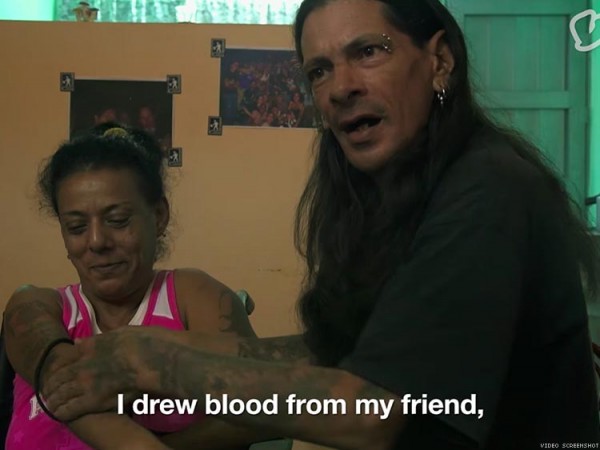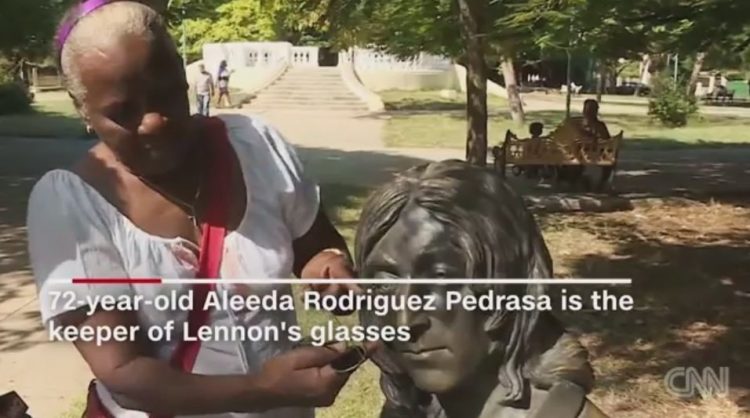What began as a broken water pipe in Havana’s El Cerro neighborhood is now a small banana plantation, after local authorities forgot to fix the pothole.
Cuba’s infrastructure crisis is a well-known fact, with around 70% of the country’s roads deemed in “regular” or “poor” condition, but some streets are in such a bad state that they can hardly be considered functional. For example, a street in the El Cerro district of Havana, has become famous for having a veritable banana plantation square in the middle of it. The large pothole housing this urban oddity began as a broken water pipe that was eventually fixed by the local authorities three years ago. The asphalt, however, was never replaced, and at one point, plants began taking root in the massive pothole. One of these plants was a banana tree which gradually turned into a small plantation that residents tend to religiously.


















